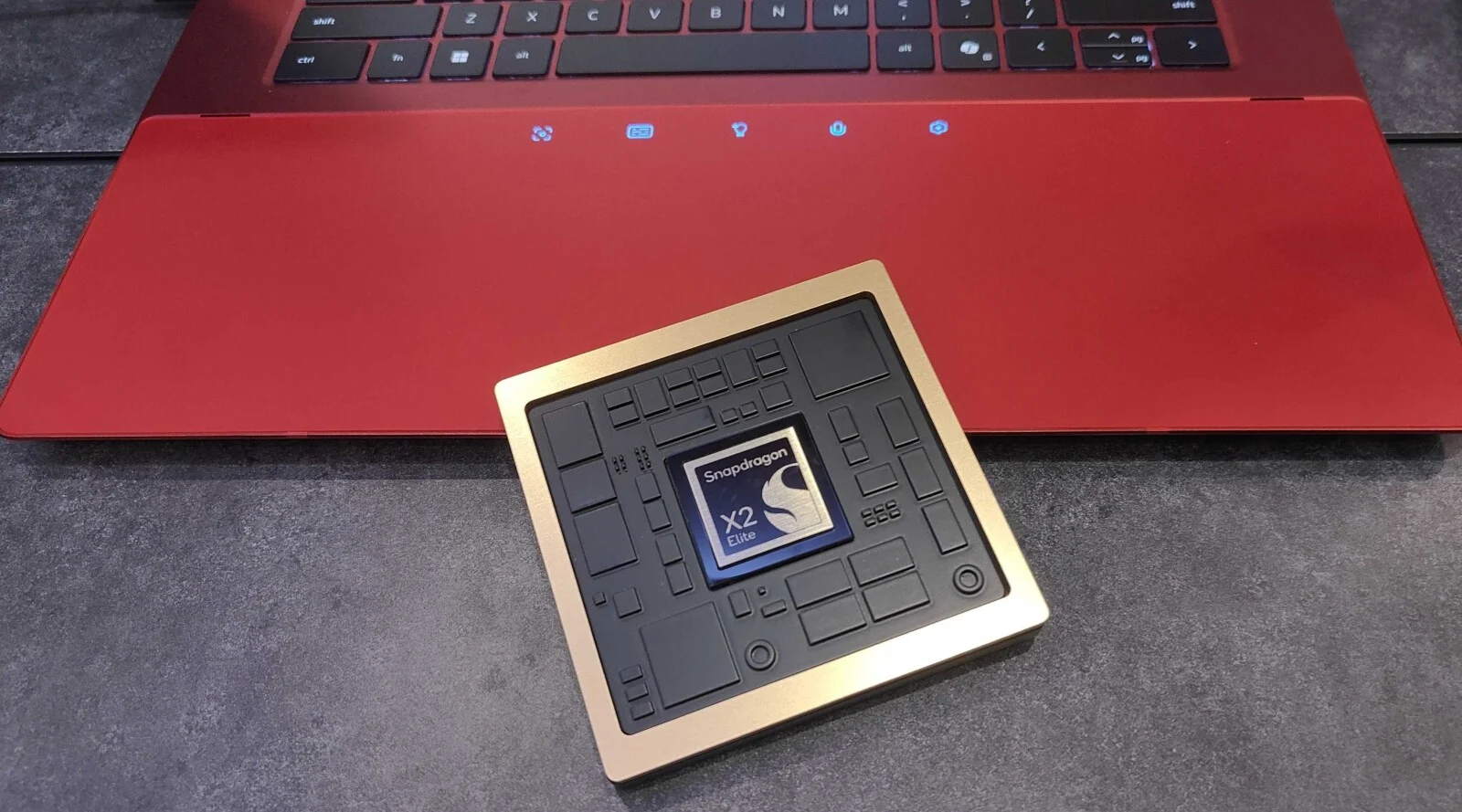The Kepler spacecraft of NASA, to date, has spotted more than thousand planets outside our solar system. One thing astronomers have found when examining those planets is that they have minimum resemblance with planets of our solar system.
The majority of those exoplanets are located very close to the star they are orbiting and when it comes to their size, they are larger than Earth and smaller than Neptune.
The planets in our solar system, on the contrary, are located far away from the Sun. A recent research conducted by astronomers Konstantin Batvgin and Gregory Laughlin has revealed that the two planets Saturn and Jupiter might be responsible for this.

In a research paper published recently in the widely read science journal Proceedings of the National Academy of Sciences, Laughlin and Batvgin wrote that during the early years of our solar system, Jupiter used to be much nearer to the Sun than what it’s now.
According to the astronomers the distance between Jupiter and the Sun used to be just 140 miles. The present orbit of the giant planet is located 483 miles away from the Sun. Scientists say that this has happened due to constant gravitational interactions between the Sun and Jupiter.
It is believed that the massive size of Jupiter and the strong gravity of the planet took its toll on all the super-Earths that used to exist during the early days of our Solar System. According to astronomers, Jupiter forced those super-Earths to shift their orbits and eventually get destroyed by the heat of the Sun.
http://thehoopsnews.com/2015/03/25/4058/apple-continues-to-struggle-with-app-store-and-itunes-store/
The authors of the above mentioned paper wrote that this finding perfectly fits with recent developments regarding the causes behind the evolution of our solar system. What’s more, the findings by Laughlin and Batvgin have also helped in filling in several gaps.
However, Laughlin and Batvgin are not the first ones to suggest that Saturn and Jupiter, used to be much nearer to the Sun. In 2001, a research group partly established the theory; the study was revived again a decade later i.e. in 2011.








I suspect Jupiter was indeed much closer to Sol than now. I have proposed that Sol filled the space now occupied by the rocky inner planets. Sol’s controlled implosion under a massive magnetic field reduced him to his current size, and produced the rocky inner planets.
There may not be sufficient information to theorize the 2 body novas scientists prefer, and I suggest that magnetic fields are the responsible party. Since the systems Kepler has found are not our type, one may theorize that Sol’s system is newly created, aka the implosion and creation of the secondary inner planetary system, and that with time, Jupiter will indeed move into the inner planets and destroy them, producing the system Kepler now sees almost exclusively.
Then the question is why are we the last man standing? The other choice is that we are the leading man in this play and everyone else has yet to follow suit. That does not seem to be the case.
May I suggest, as I have done in my papers on Google Drive, that our result stems from an overloaded magnetic field that blew apart the black hole of the Magellenic galaxy, and resulted in a rift in space and time allowing the solar system known as Sol’s to be rifted to our current place in the Orion Arm of the Milky Way.
What caused the overload? Perhaps the compression of matter that scientists now see instead of continual and faster expansion.